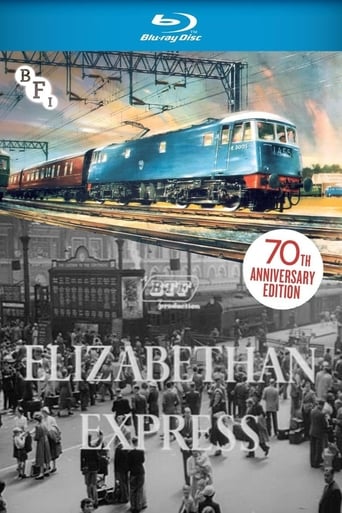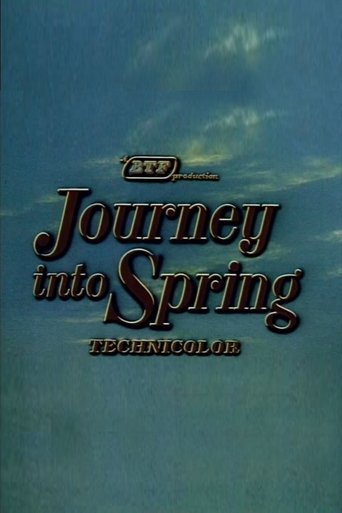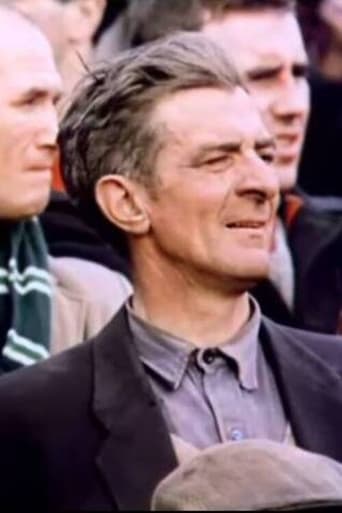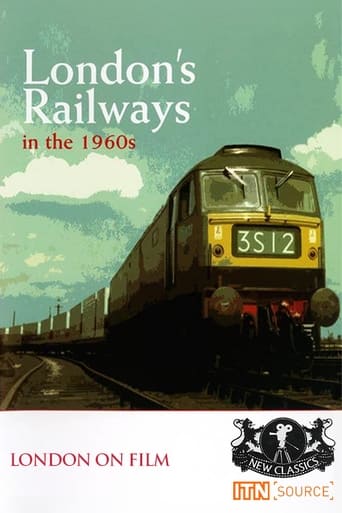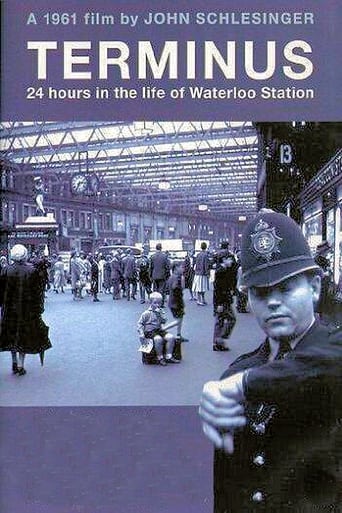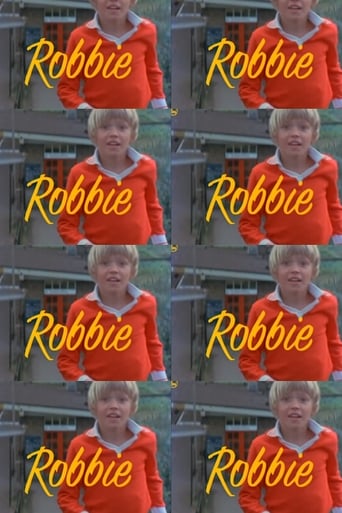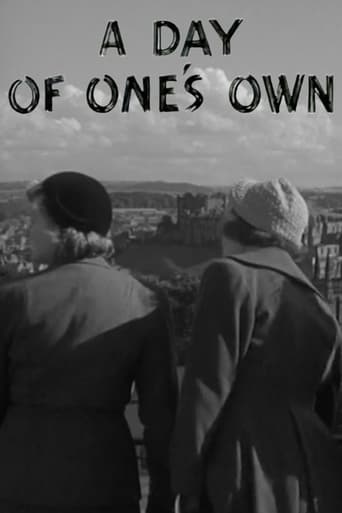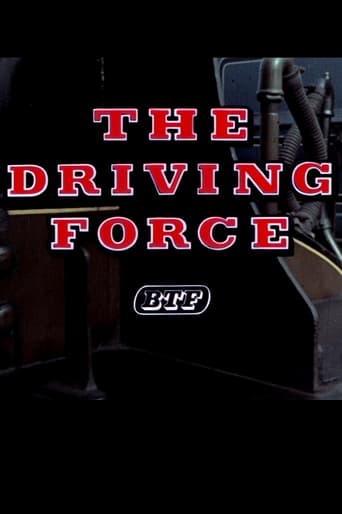The Finishing Line 1977
When a schoolboy's day-dream of a fantasy sports day includes events where acts of vandalism and trespass are required, dire consequences ensue. Originally created as an educational film, this somewhat surrealist short has a serious message at its core. This won't be a lesson you'll forget in a hurry.




